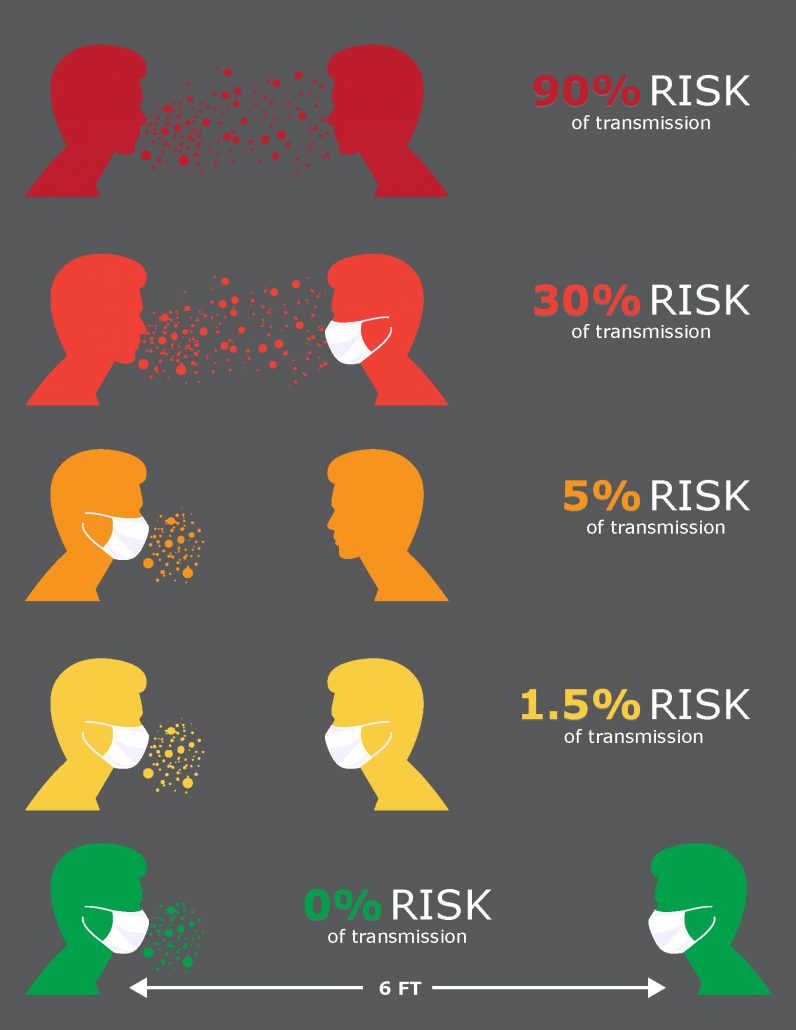Do You Have Symptoms of Kidney Failure?
Many people may be in the early stages of kidney disease and not have any indication something is wrong with their kidneys. There are certain symptoms, however, that could be a sign you have kidney failure, whether it is acute renal failure or hereditary such as polycystic kidney disease (PKD). When kidney failure (also called renal failure) is detected in the early stages, there are steps you can take to help slow the progression of kidney disease and improve your quality of life.
Kidney failure symptoms from buildup of wastes in the body
- A metallic taste in the mouth or ammonia breath
- Protein aversion (no longer wanting to eat meat)
- Nausea and vomiting
- Difficulty concentrating
- Loss of appetite
Kidney failure symptoms from buildup of fluid in the body
- Swelling in the face, feet or hands
- Shortness of breath (from fluid in the lungs)
Kidney failure symptoms from anemia
- Fatigue
- Shortness of breath
- Weakness
- Mental confusion
- Feeling cold all the time
- Desire to chew ice, clay or laundry starch (called pica)
Kidney failure symptoms from damage to the kidneys
- Making more or less urine than usual
- Blood in the urine (typically only seen through a microscope)
- Urine that is foamy or bubbly (may be seen when protein is in the urine)
To determine if the symptoms you have are because of kidney failure, your doctor will perform specific tests:
- Urinalysis – An examination of a sample of your urine to check for protein, blood and white blood cells in the urine
- Blood tests – Particularly a test for creatinine and BUN, waste products that healthy kidneys remove from the bloodstream.
Take action!
If you are experiencing any of the symptoms mentioned above, you will want to talk to your doctor to determine if your signs are caused by kidney failure. Write down any of the renal failure symptoms you may have and bring that information with you to your next doctor’s appointment.
Peritoneal Dialysis
Benefits of Peritoneal Dialysis (PD)
- You can dialyze in the comfort of your own home
- You’re able to administer your own treatment, without relying on a care partner
- The shorter, more-frequent treatments allow you to maintain an active lifestyle at work, at school or in your travels
- With PD, you have a more-liberal diet than you would on hemodialysis
- Needles are not required to perform PD
There are two different types of PD. You and your healthcare team will decide which one is right for you.
Continuous Ambulatory Peritoneal Dialysis (CAPD)
Automated Peritoneal Dialysis (APD) or Continuous Cycling Peritoneal Dialysis (CCPD)
CAPD
- An average of four, machine-free exchanges each day
- Exchanges lasting about 30 minutes with 4-6 hours of dwell time in between exchanges
- Requires a clean place to do exchanges and store supplies
APD/CCPD
- Connect your catheter to the cycler before going to sleep
- Sleep comfortably while the cycler performs an average of four exchanges during the night
- Perform additional exchanges during the day if prescribed
Home Hemodialysis
Benefits of Home Hemodialysis (HHD)
- Independence and flexibility in scheduling treatments
- May permit shorter, more frequent treatments, average 5-6 treatments per week at about 3 hours per treatment
- Flexible Diet
- Requires several weeks of training
- Need to train with a trusted and reliable support person
- Makes traveling easier to plan and manage
- Direct shipment of supplies to home or travel destination
Home hemodialysis (HHD) uses a man-made filter called a dialyzer to replace lost kidney function. With home hemodialysis, the blood is cleansed of extra wastes and fluids using a dialyzer connected to a vascular access point on your body.
Each access is created surgically. There are a limited number of places on the body where an access can be placed—the arms, legs, neck or chest.
Potassium is a mineral that controls nerve and muscle function! It’s present in the foods you eat. Well-functioning kidneys keep potassium at a safe level. People with chronic kidney disease (CKD) may need to limit high potassium foods in their diets. High potassium can lead to muscle weakness, slow heartbeat and cardiac arrest! Check with your doctor to see if you need to control your potassium.
Be Kidney Smart and look for these low-potassium alternatives!
High potassium foods
Banana, kiwi, oranges/orange juice, cantaloupe, honeydew and prune juice Artichoke, avocado, beets, potato/potato chips, spinach, tomato/tomato juice, yams and sweet potato
Low potassium alternatives
Apples grapes, strawberries, blueberries, cherries, plums, pineapple, applesauce, pears and cranberry/apple juice
Zucchini, squash, cauliflower, green beans, celery, cucumber, onion, lettuce, cabbage, bell peppers, eggplant and carrots.

